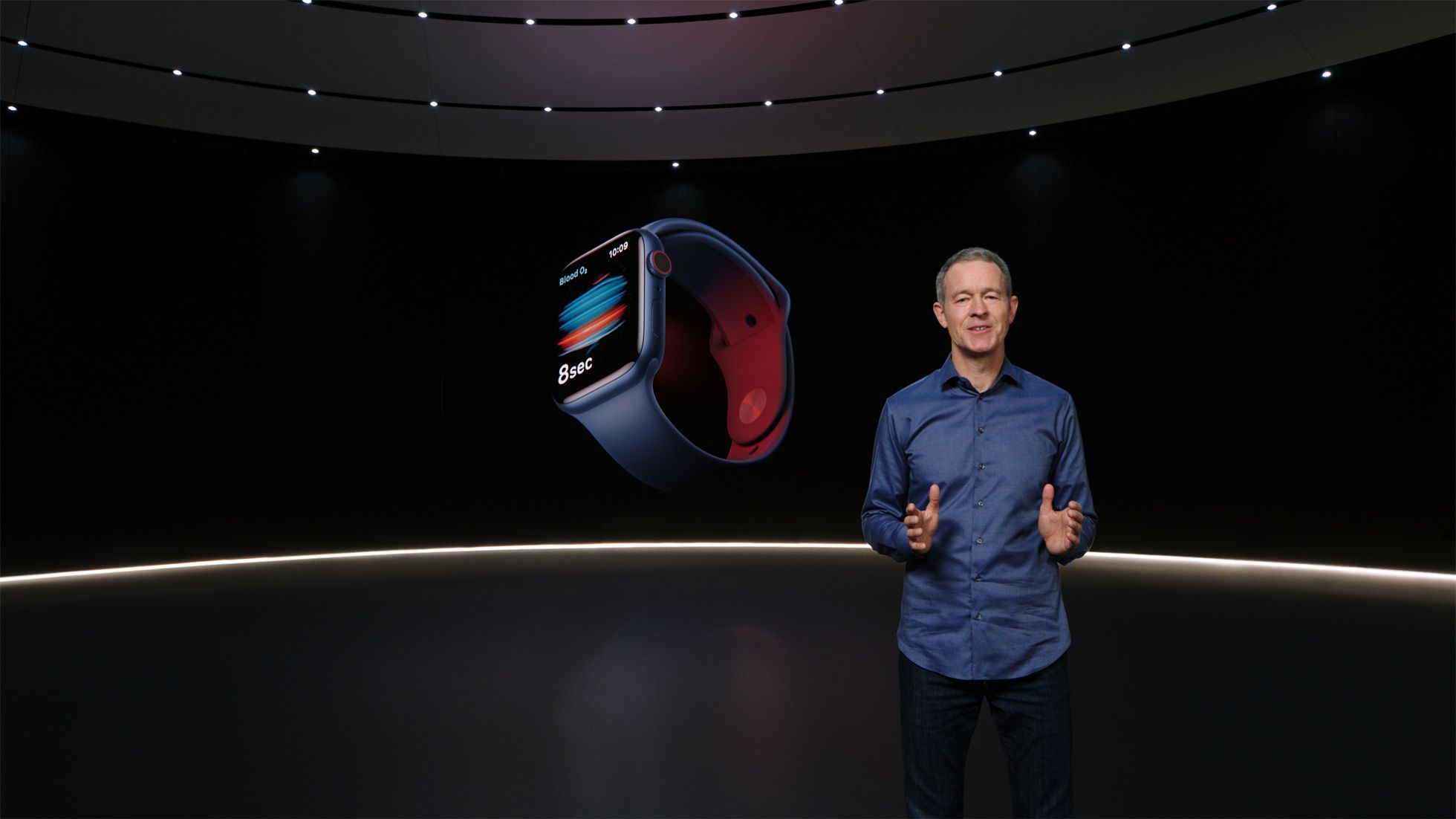Apple executive Jeff Williams has retired, after working at the company for more than 25 years.
Apple removed Williams from its leadership page on Friday, which was his final day, according to Bloomberg‘s Mark Gurman.
Williams joined Apple in…

Apple executive Jeff Williams has retired, after working at the company for more than 25 years.
Apple removed Williams from its leadership page on Friday, which was his final day, according to Bloomberg‘s Mark Gurman.
Williams joined Apple in…
KARACHI, Pakistan — A powerful explosion at a fireworks factory in southern Pakistan on Saturday killed at least four people and injured 11 others, police and hospital officials said.
Footage shared on social media showed thick plumes of smoke…

Dozens of participants — including UN officials, volunteers, and residents who recently returned from the south of the Strip — took part in the activities in the city centre. One participant, a woman in a wheelchair, held up a sign reading…

Like any company, an automaker that goes out of business isn’t completely out of the ordinary. However, it is more of a shock these days than it was in the past. Before World War I, there were many more carmakers than today, with the US total…

LONDON, ENGLAND – JULY 13: Carlos Alcaraz of Spain and Jannik Sinner of Italy pose for a photo at the net prior to the Gentleman’s Singles Final on day fourteen of The Championships Wimbledon 2025 at All England Lawn Tennis and Croquet Club on…

Prada (SEHK:1913) shares have seen some movement lately. This has caught the attention of investors interested in how the luxury retailer’s performance stacks up over the past month. Recent price changes raise questions about current valuation.
See our latest analysis for Prada.
Zooming out, Prada’s 1-day share price drop of 2.57% comes after some bumpy trading. The bigger story is the year-to-date slump of over 25%. Despite this rough patch, the three- and five-year total shareholder returns of 24% and 43% still show the brand’s longer-term growth story. Momentum has cooled lately as investors reassess both risk and value.
If Prada’s swings have you curious, this could be the perfect moment to broaden your search and discover fast growing stocks with high insider ownership
With shares trading at a notable discount to analyst price targets, but recent growth trending down, investors might wonder if Prada is currently undervalued or if the market has already priced in all its future potential.
Compared to Prada’s recent closing price, the most widely followed narrative suggests significant upside potential if key drivers play out as expected. Market participants are watching to see if the brand can leverage growth catalysts to justify this gap.
Prada’s ongoing investment in new product collections, broadening price points and enhancing personalization (for example, make-to-measure and bespoke in flagship stores), positions the group to capture growth from both affluent core clients and younger, aspirational demographics globally, supporting long-term revenue and gross margin expansion.
Read the complete narrative.
Want to know the forces shaping this bullish outlook? Dynamic expansion plans and bold profitability bets fuel the case for a higher valuation. Scratch beneath the surface and you’ll discover key financial assumptions powering that fair value. Ready to see what sets this narrative apart?
Result: Fair Value of $63.22 (UNDERVALUED)
Have a read of the narrative in full and understand what’s behind the forecasts.
However, lingering risks such as volatile tourism patterns and rising costs could quickly disrupt growth assumptions and challenge the bullish narrative around Prada.
Find out about the key risks to this Prada narrative.
While fair value estimates suggest Prada is undervalued, the lens changes when looking at the price-to-earnings ratio. Prada trades at 15.8 times earnings, more expensive than both the Hong Kong Luxury industry average of 10.1 and the suggested fair ratio of 11.9. This premium points to higher valuation risk. Does the market expect more than fundamentals can deliver?

During the month of October 2025, the China National Center for Disease Control and Prevention reported a total of 1,191,646 cases of notifiable infectious diseases nationwide (excluding Hong Kong, Macao Special Administrative Regions and Taiwan…